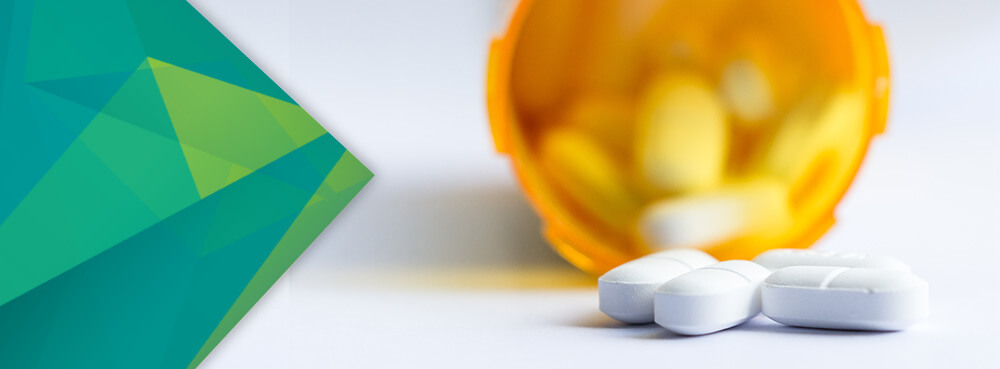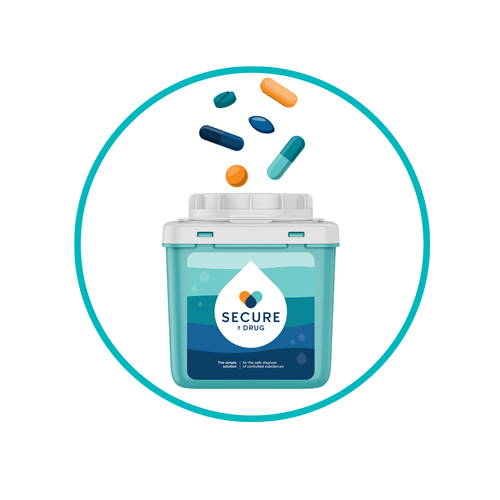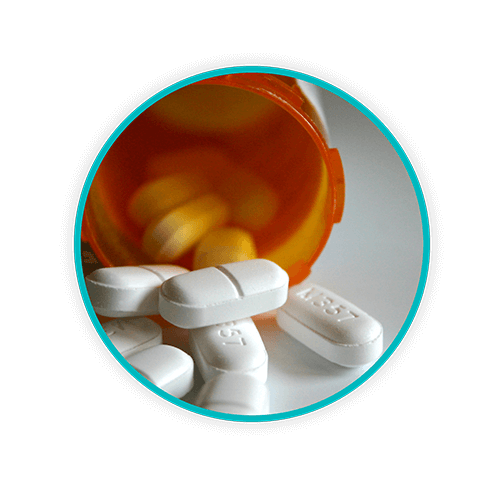How To Safely Dispose of Controlled Substances

Safe and responsible disposal of controlled substances is crucial to ensure public safety, prevent environmental harm, and comply with government regulations. Controlled substance waste requires specialised collection, containment, and transport in order to ensure compliance. It’s important to stay up-to-date on important guidelines related to controlled substances, but this needs to also be paired with a system for safely disposing of these substances. Here, we’ll cover both areas so you can feel empowered with the information and tools to tackle this important issue.
TOPICS WE WILL COVER:
1 / Regulations Governing Pharmaceutical Disposal
2 / When Does a Pharmaceutical Require Specialised Disposal?
3 / What Steps Are Involved in Using Secure a Drug
4 / What About Medications Patients Take Home?
Regulations Governing Pharmaceutical Disposal

The Controlled Drugs and Substances Act (CDSA), Food and Drugs Act, and provincial regulations provide for the control of certain substances that could cause harm to health or society if misused. These substances and their precursor chemicals are regulated under the CDSA and grouped into Schedule I through VI. The sale or unprescribed use of controlled substances is illegal under federal law. However, they may be prescribed by a physician.
Not all pharmaceuticals are controlled substances. However, due to these strict federal regulations, healthcare facilities must apply caution when handling the disposal of medications. A key source of information regarding disposal regulations is available from Health Canada, named “Destruction of Narcotics, Controlled and Restricted Drugs and Targeted Substances by Licensed Dealers.
In order to destroy controlled substances, an application must be submitted to the regional Controlled Substances Program. The application requires the date, time, witnesses, substances to be destroyed, and method of destruction to be used. There are two primary options available for destroying controlled substances:
- Incineration: This process uses the application of high heat to permanently destroy substances.
- Denaturation: This method uses chemical destruction to render a substance “altered or denatured to such an extent that its consumption has been rendered impossible or improbable.”
When Does a Pharmaceutical Require Specialised Disposal?
Certain types of medications demand denaturing before disposal to guarantee compliance, environmental responsibility, and safety. Such examples are Morphine, Fentanyl, Xanax, and cough medicines with codeine. Secure a Drug is a form of denaturation which can greatly simplify the disposal process.
When in doubt, many facilities prefer to err on the side of caution in order to protect their staff and patients from potential misuse issues as well as to guarantee good environmental stewardship. Since undenatured pharmaceuticals present a risk for abuse and improper disposal threatens to leach substances into local groundwater, Secure a Drug offers a simple alternative that avoids these issues.
Any drug that could be abused if recovered or does not belong in the local water system can be more responsibly handled by using Secure a Drug. This carbon-based formula neutralises all kinds of medication, rendering them inert and ready for final elimination from the facility. Not only does this guarantee compliance, but it also ensures peace of mind from misuse and environmental concerns.
What Steps Are Involved in Using Secure a Drug?

Any solution to be widely implemented in a healthcare facility should be as simple as possible. This will help to ensure compliance by all staff. Secure a Drug is designed for fast and foolproof use. Denaturing a medication with Secure a Drug involves only a few easy steps.
- Open the Secure a Drug container.
- Put in the undesired medications.
- Shake the container gently.
-
Close the container until needed again.
At this point, the charcoal formulation starts absorbing the medications upon contact and achieves 99.99% drug deactivation. When the unit becomes full, it can be permanently locked for security. Then, the container can be added to the facility’s pharmaceutical waste stream and sent for final disposal.
Adding Secure a Drug to your facility’s pharmaceutical waste management strategy is effortless. The product comes in a variety of sizes designed for the pharmaceutical waste needs of smaller and larger healthcare facilities. The containers may be mounted or placed freestanding at common points of disposal to make staff usage quick and easy.
Various kinds of medications, including pills, patches, liquids, and lozenges, are broken down and neutralised by Secure a Drug’s formula. However, please note that loose sharps, infectious waste, effervescent medications such as antacids, and medication vials should not be placed in the container.
What About Medications Patients Take Home?
Facilities may not be legally liable for misuse or improper disposal of drugs by patients after they leave. However, patient and community care are top priorities for all healthcare professionals. Therefore, ensuring patients have the capacity to properly dispose of their expired or unwanted prescriptions becomes a top concern. When patients flush their medications or throw them in the garbage, this poses a risk to the local water system and creates the opportunity for retrieval and substance abuse.
In order to provide patients with an equally safe and secure means of eliminating pharmaceuticals, as pharmacists rely on, many facilities have begun “co-dispensing.” This involves providing a prescription along with a neutralising agent, such as RX Destroyer. Like Secure a Drug, the patient can use a small vial of RX Destroyer to deactivate their unneeded prescription medications. This can lower the risk of drug abuse by friends and family of the patient while also discouraging environmentally unsafe methods of disposal.
To denature their unwanted medications with Rx Destroyer, patients simply need to add their medications to the container. The mixture will begin rendering the drugs neutralised and irretrievable. By dispensing 4oz containers of RX Destroyer alongside frequently misused drugs, facilities can do their part to minimise potential drug abuse in their communities.
Canadian healthcare facilities wishing to stay mindful of compliance and their environmental responsibility should consider implementing the usage of Secure a Drug or RX Destroyer within their facility. Co-dispensing for sensitive medications leaving the facility is also an increasingly accepted strategy for combatting misuse. Combining these two tactics not only keeps up with national disposal standards but also goes above and beyond to support staff, patients, and community safety.
